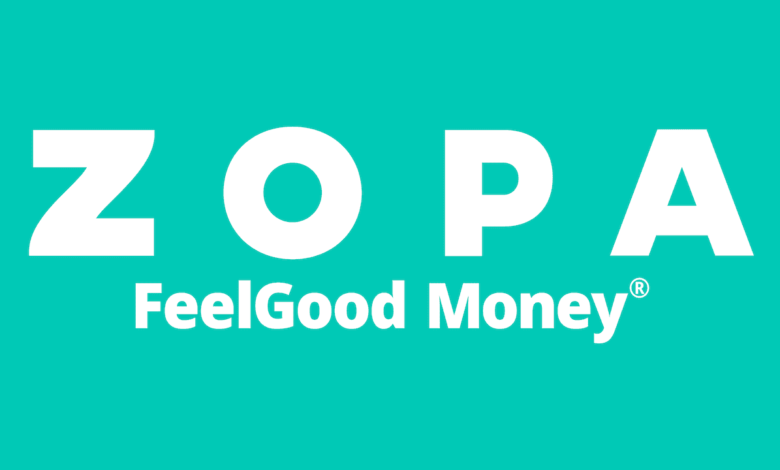Zopa CEO Doubts UK FinTechs Will Go Public This Year

British digital bank Zopa is profitable and getting closer to going public.
But CEO Jaidev Janardana told the Financial Times (FT) Monday (April 15) that while the company was ready for an initial public offering (IPO), the London markets might feel differently.
“I’d be surprised if there are U.K. FinTech IPOs this year,” he said.
According to the report, Janardana blamed cooling investor sentiment on the banking sector, partially over concerns that banks had made too much money when interest rates were high, and that those earnings would fall when central banks reduce their rates.
“Those concerns are overblown, and those banks are a good buy, but investors will take time to get comfortable with that,” Janardana said, adding that he believed sentiment would improve once the central banks began lowering rates.
Per the FT, Zopa recorded pre-tax profits of 15.8 million pounds ($19.7 million) for 2023, following a 26 million-pound ($32.4 million) loss the prior year. The bank’s deposit base has climbed 15% to 3.4 billion pounds ($4.2 billion), with a total loan balance of 2.7 billion pounds ($3.4 billion).
The report noted that Zopa — unlike other players in the neobank space — has focused on offerings like personal loans, credit cards and savings accounts.
Zopa last summer raised 75 million pounds ($93 million) to help finance its “continuous growth and expansion,” noting at the time that it serves 1 million customers and aims to reach 5 million by 2027.
The company’s rise is happening amid an ongoing shift toward digital services in the banking sector, as noted here last week.
“For banks, embracing digital technologies brings improvements in operational efficiency, cost reduction and access to new customer segments, not to mention the opportunity to create new revenue streams,” PYMNTS wrote.
Michael Haney, head of product strategy at Galileo Financial Technologies, spoke about this digital shift in a recent interview with PYMNTS, underlining three main trends: flexibility in customer-bank interactions, accessibility across more than one platform, and the demand for personalized services suited to individual needs.
“We are seeing an erosion of physical accounts into virtual ones that not only reduce the total cost of ownership for the bank, but also allow the unleashing of data and analytics that help personalize pricing, credit decision and marketing offers, and all kinds of recommendations,” Haney said.



